Lexus presents two new electric concept vehicles
Lexus reportedly plans to sell only electrically powered vehicles in Europe, North America and China from 2030 and globally from 2035. To achieve this goal, the company will introduce a new modular vehicle structure with an improved production process and a modified software platform.
Lexus relies on the so-called “gigacasting process” for the next generation of its electric cars – similar to Tesla. The vehicle body will be divided into three parts: Front, centre and rear. The high-voltage battery is always placed in the middle section. This position prevents structural effects on the front and rear sections and at the same time gives “the necessary flexibility to integrate future advances in battery technology more easily into the vehicle”, according to the statement.
A “next-generation prismatic high-performance high-voltage battery” – presumably meaning a high-voltage battery with prismatic cells – is supposed to double the range compared to “conventional electric cars”. However, no figures are given, nor is it precisely defined what Toyota/Lexus means by “conventional electric cars”. If the company’s own Lexus RZ 450e is meant, which can travel up to 440 kilometres with its 71.4 kWh battery, it could be up to 880 kilometres in the standard test. However, this has not been confirmed.
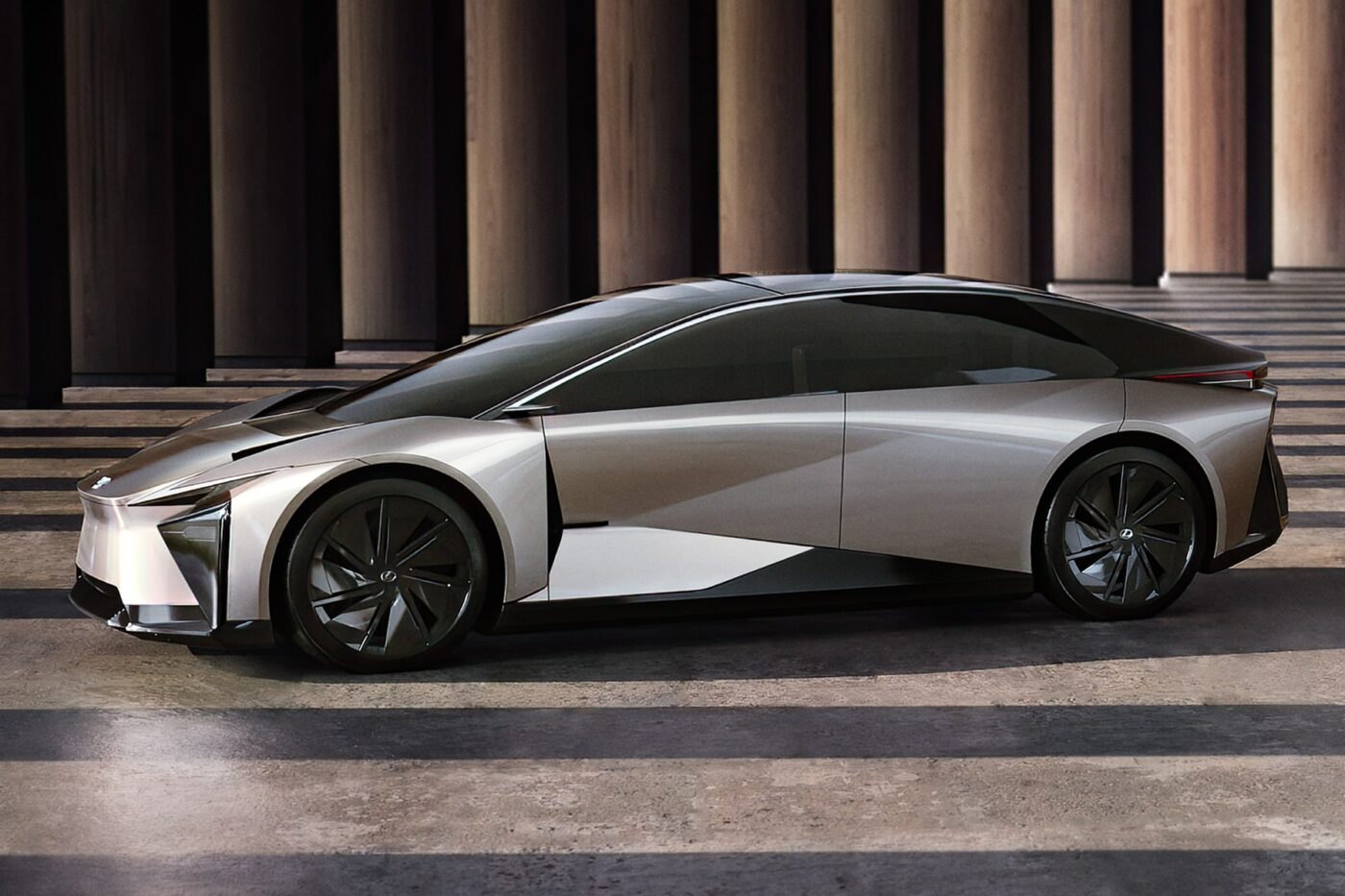
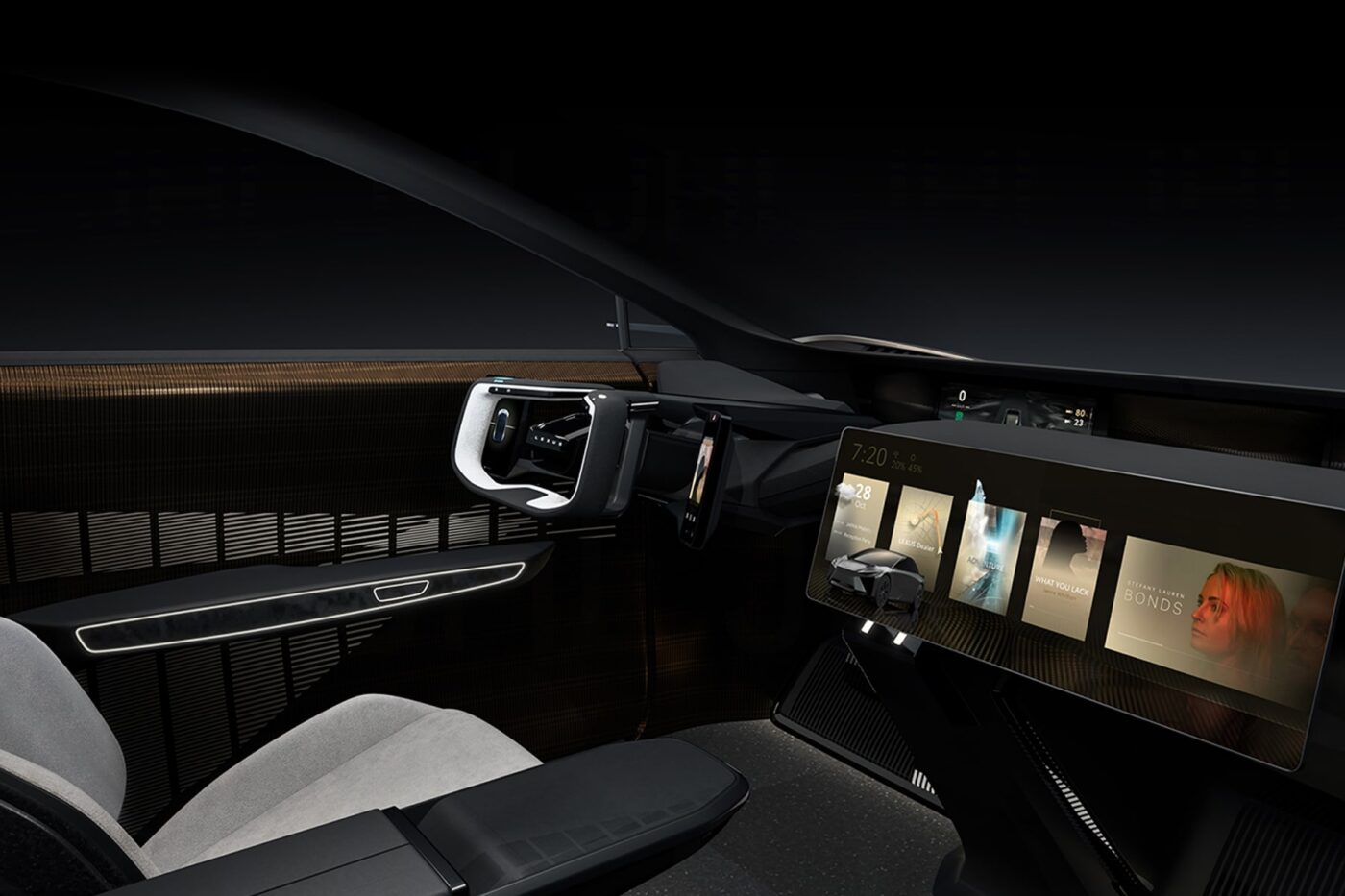
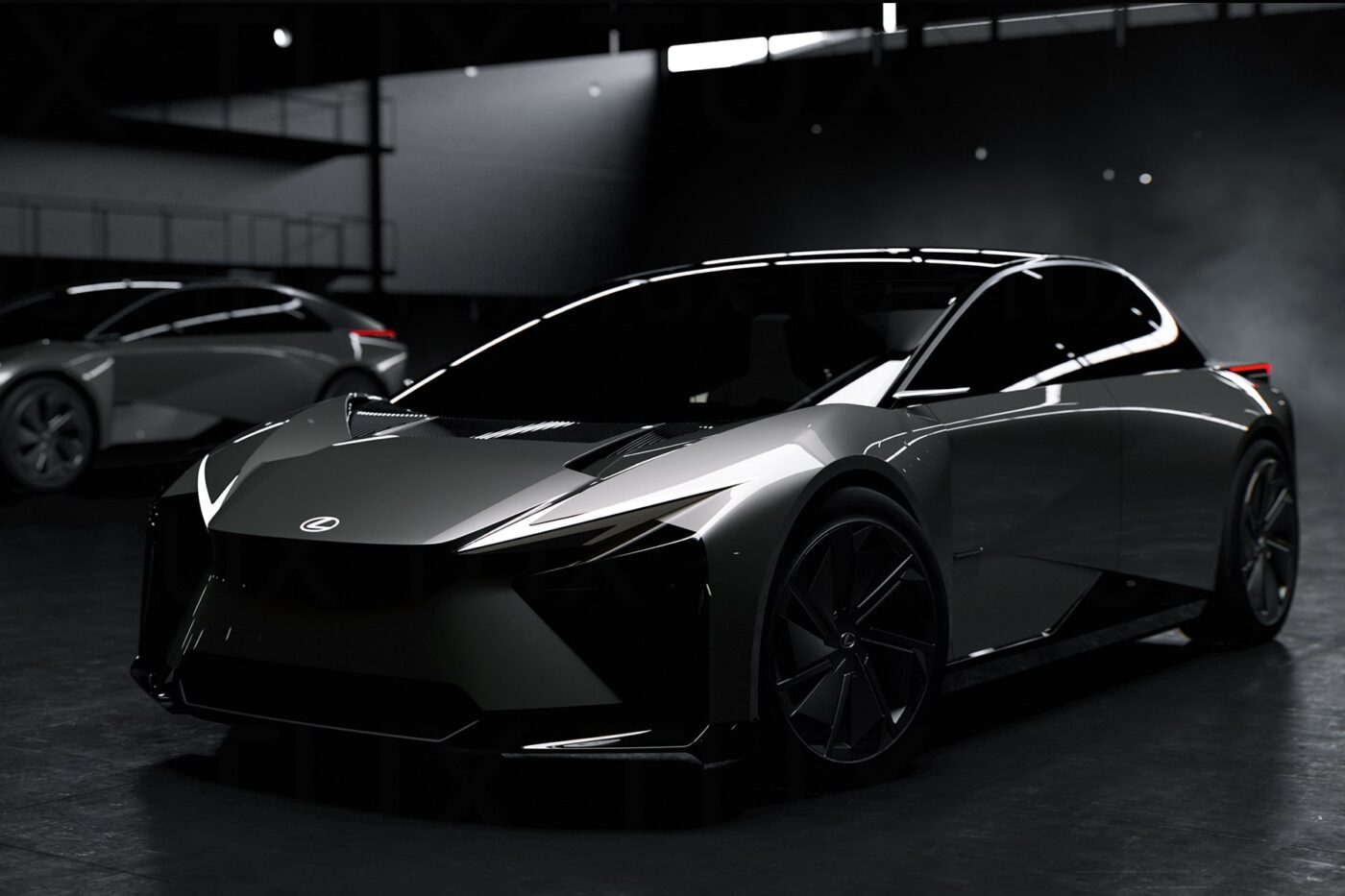
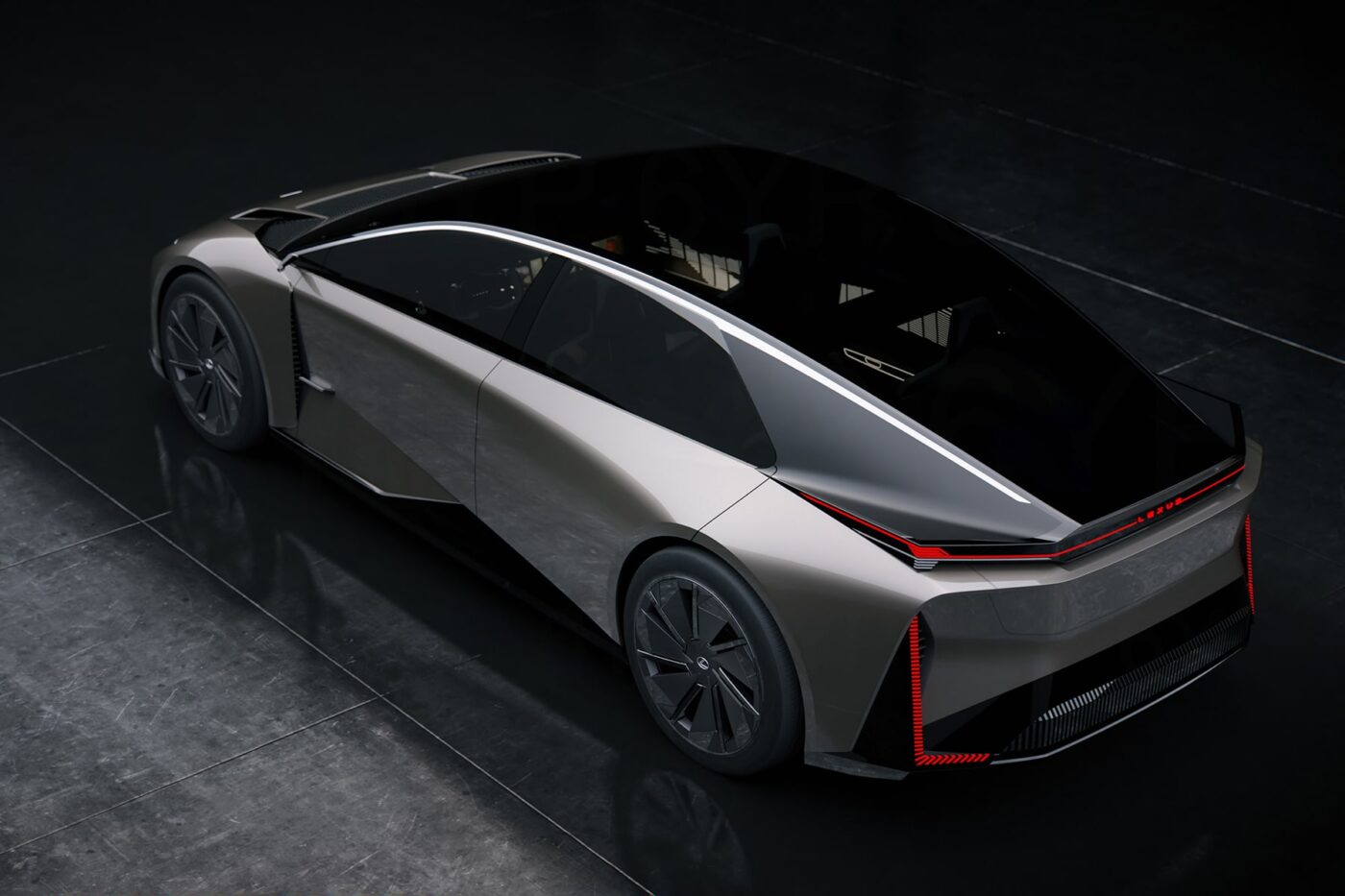
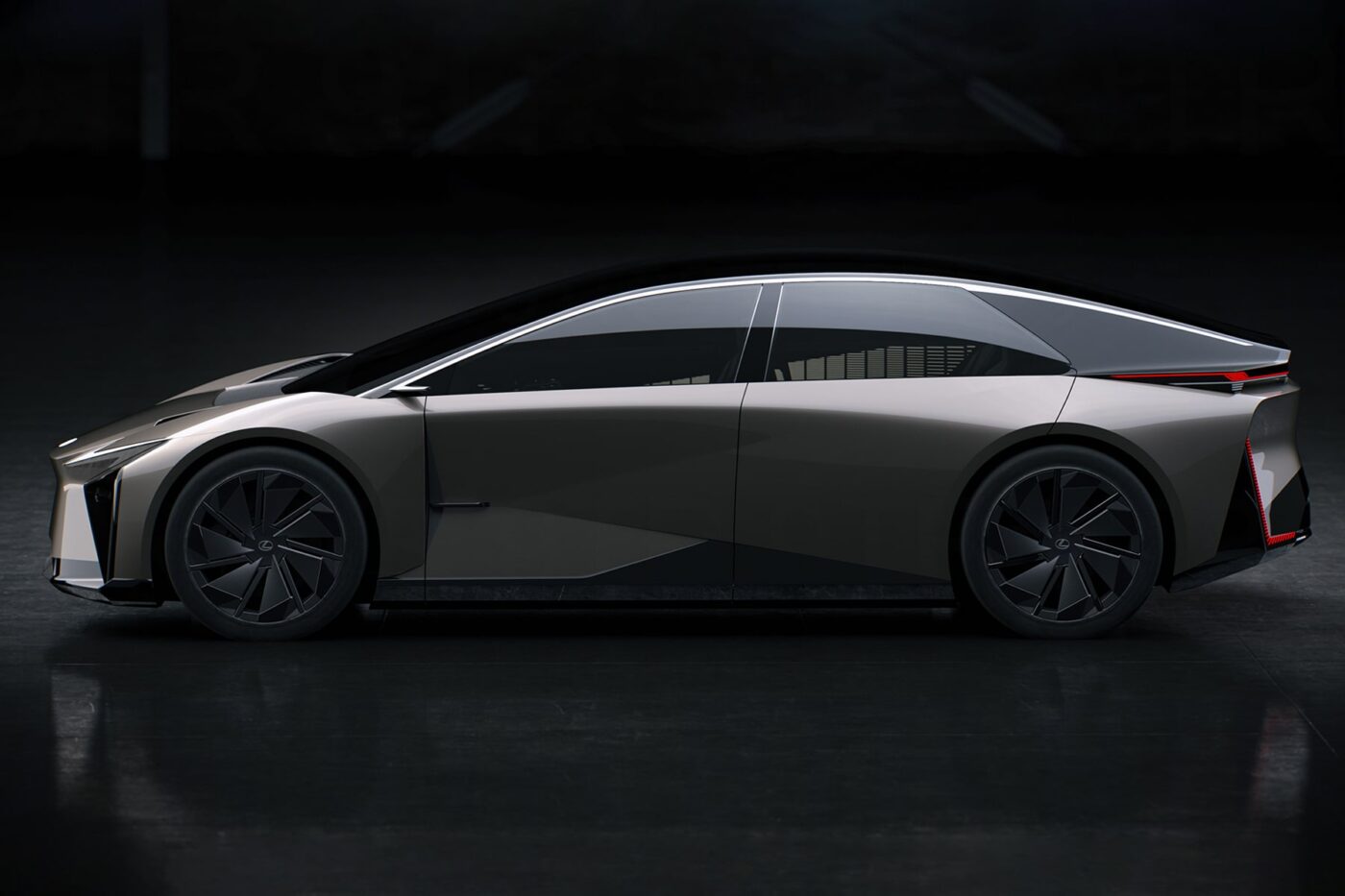
Since it is an all-electric platform, there is more design freedom for the developers and designers. According to the pictures published so far, the LF-ZC sedan wears the typical Lexus brand design, but the vehicle looks very flat. Lexus states a “targeted drag coefficient (cW) of less than 0.2”. The new battery is said to be flatter and more compact thanks to the higher energy density, which also contributes to “greater flexibility in vehicle design” and the “attractive silhouette”.
The sedan study is 4.75 metres long, 1.88 metres wide and only 1.39 metres high. Lexus gives the wheelbase as 2.89 metres. Other electric cars of this length already reach a wheelbase of three metres. Since the energy density of the battery is supposed to be very high, this additional space is probably not needed. Since Lexus also attaches great importance to driving feel, a slightly shorter wheelbase can also be used for a more agile set-up.
Almost two classes above that is the LF-ZL. As a potential electric flagship, the SUV (more precisely the study) is 5.30 metres long, 2.20 metres wide, 1.70 metres high and has a wheelbase of 3.35 metres. Apart from the fact that the drive will be purely electric, Lexus is not yet giving any facts and figures. In the case of the LF-ZL, the announcement rather emphasises the operating system called “Arene OS” and the “spacious interior that contributes to relaxation”.
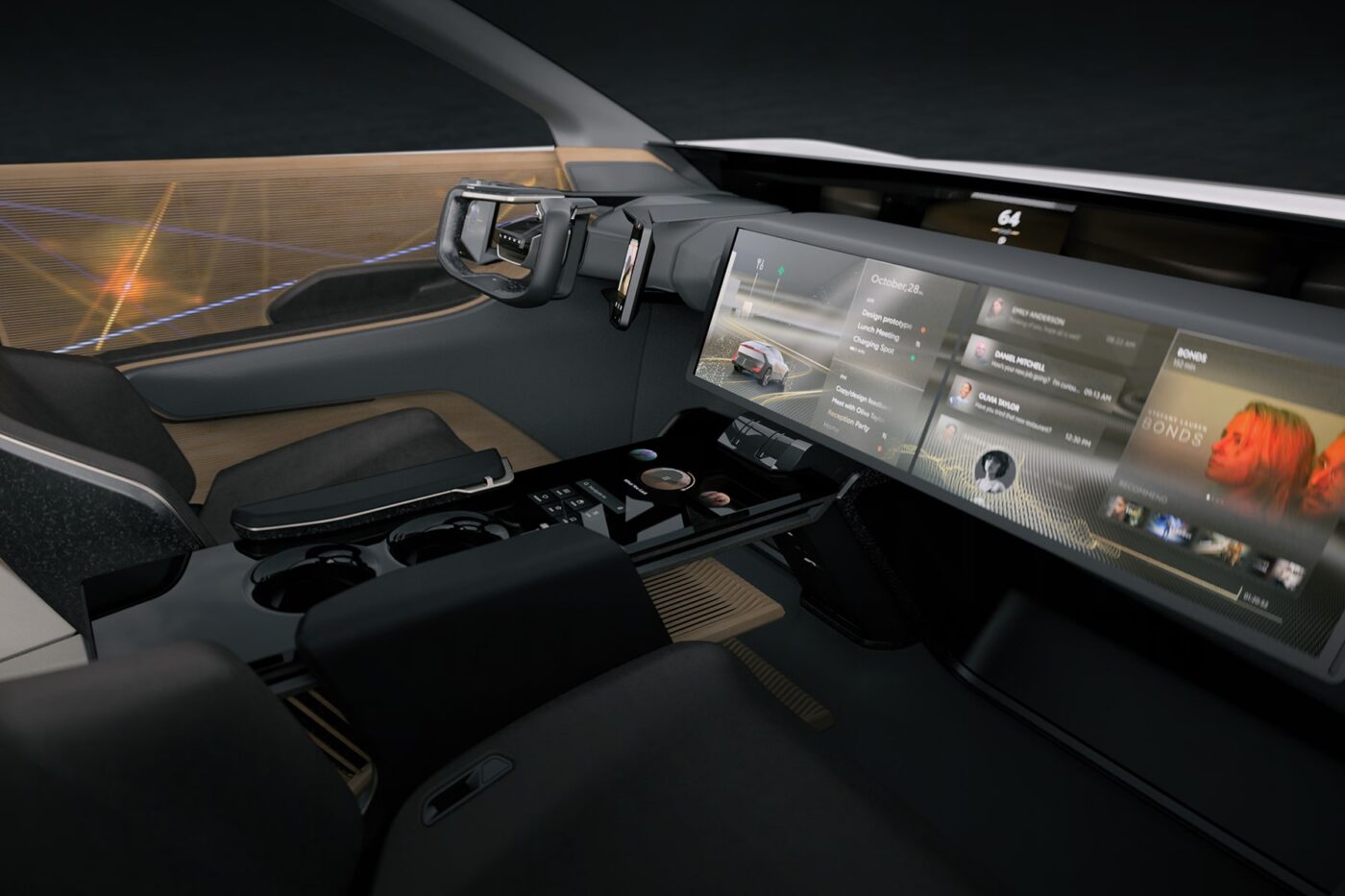
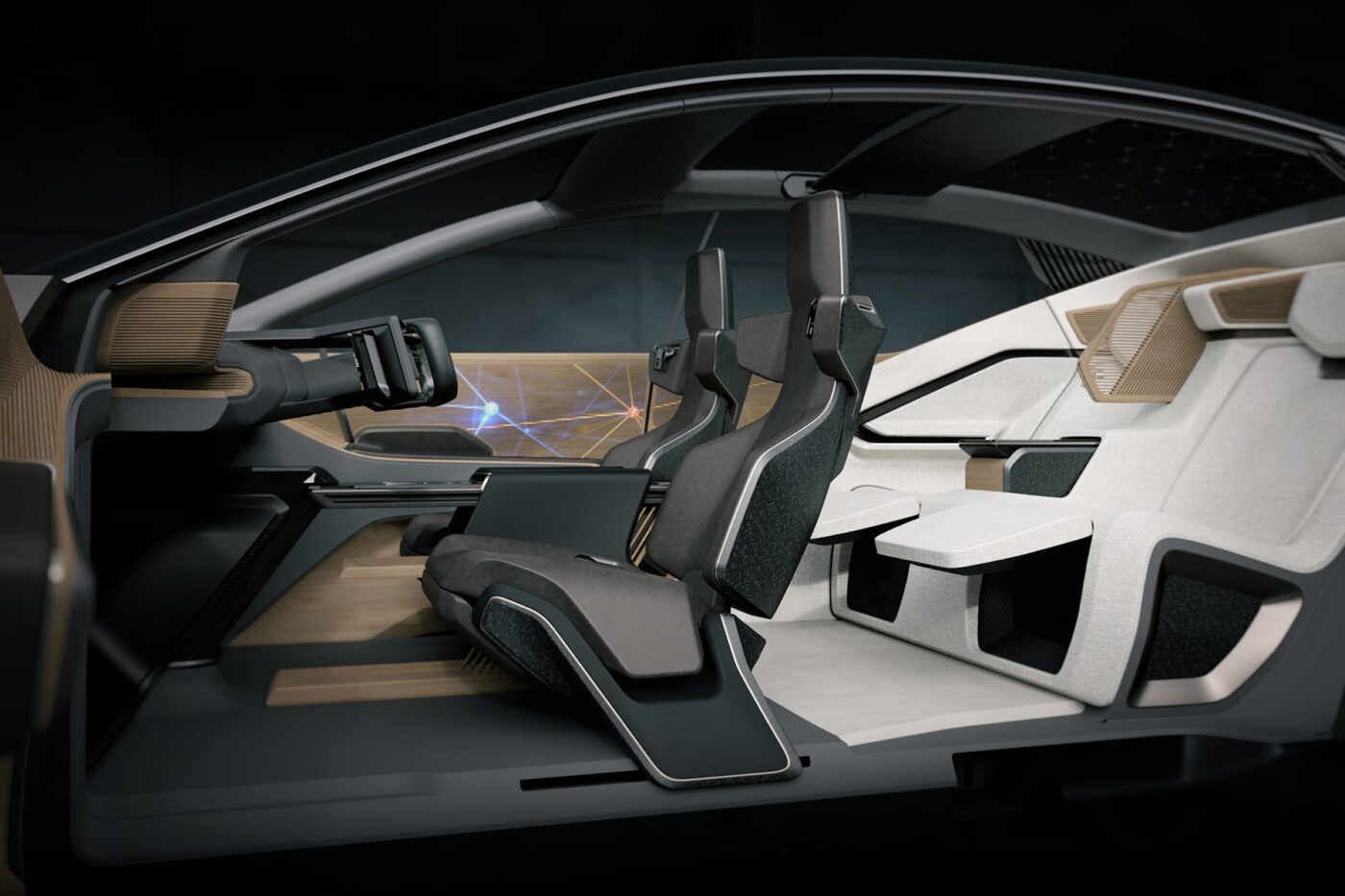
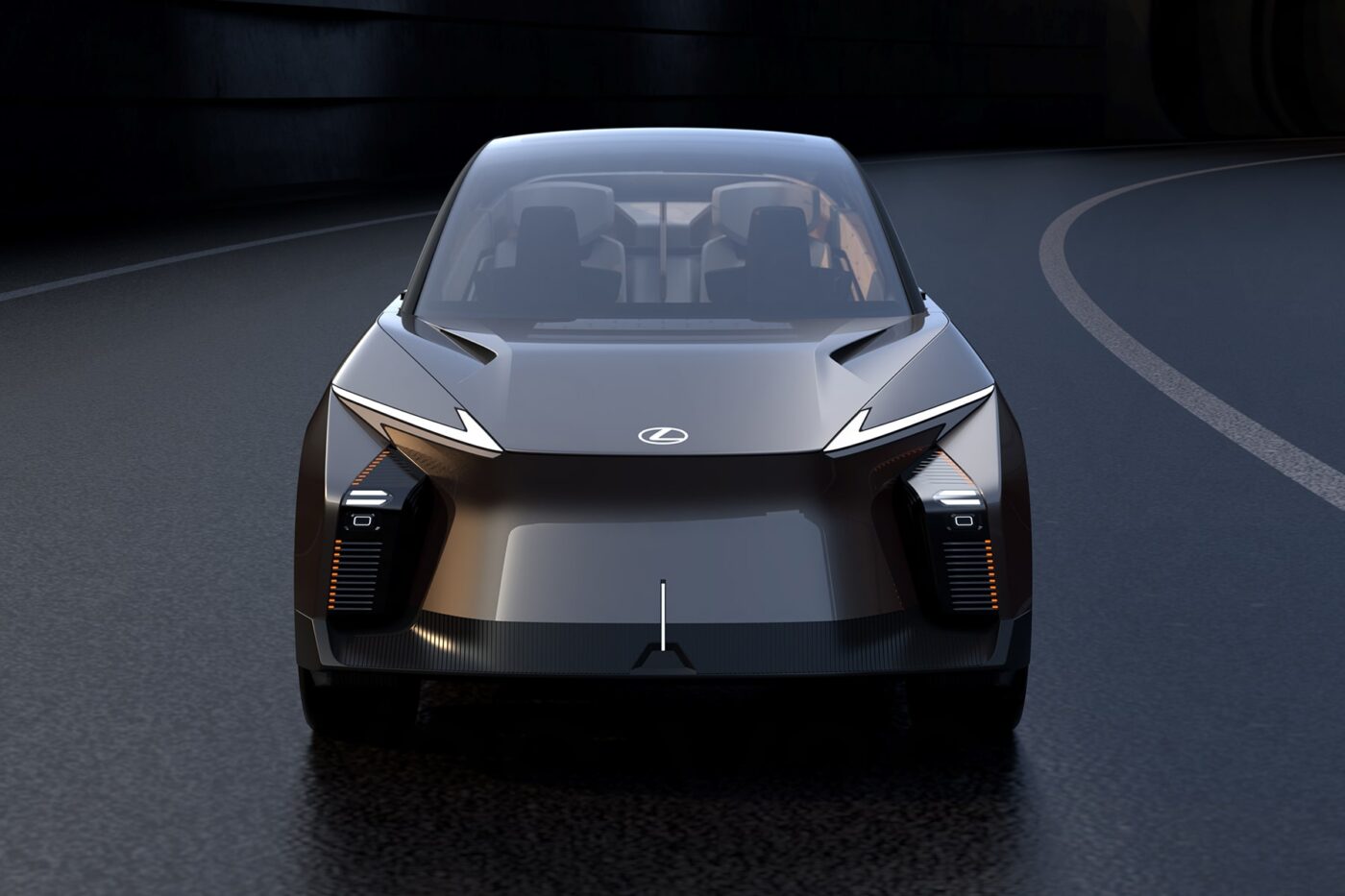
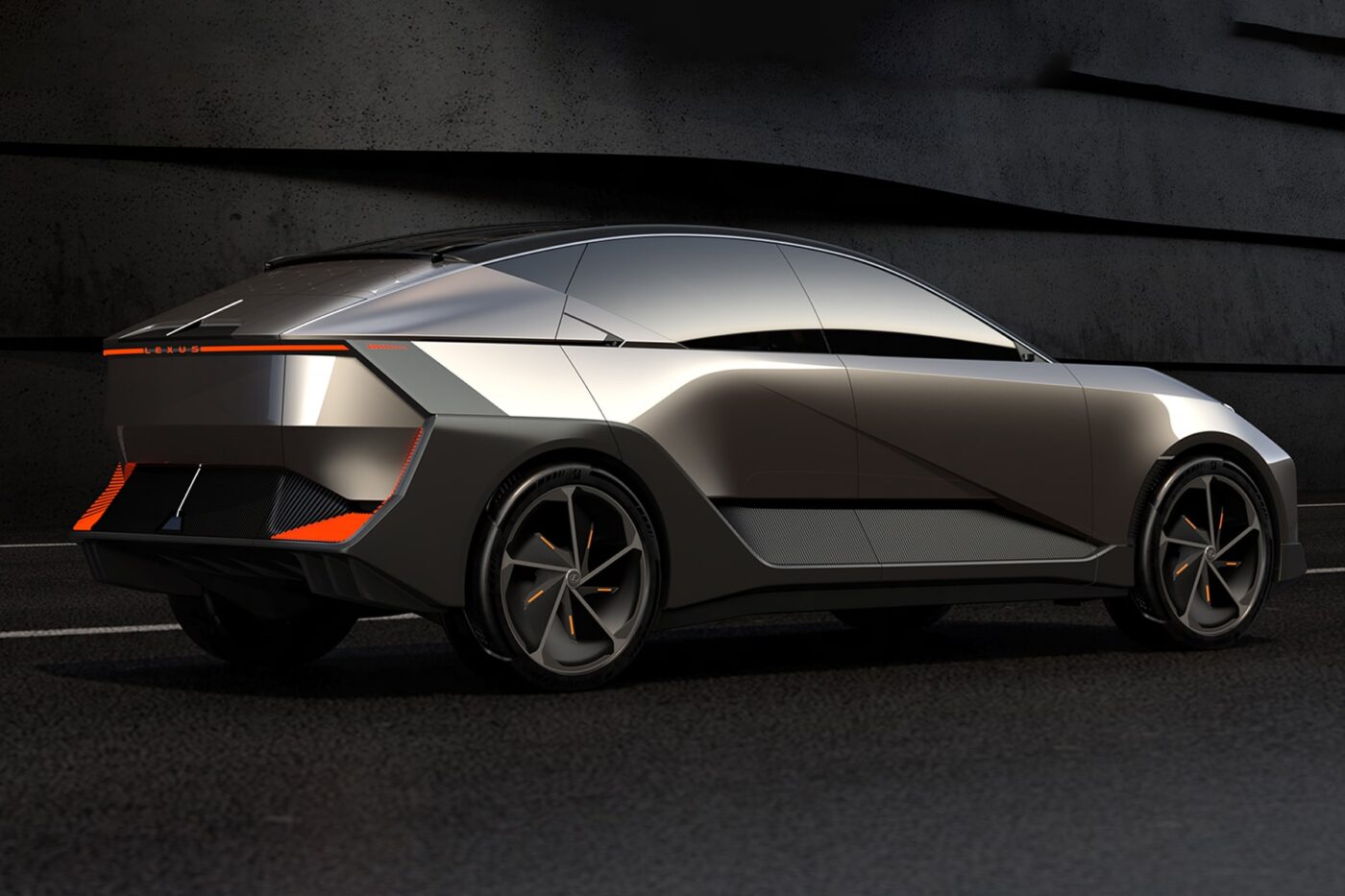
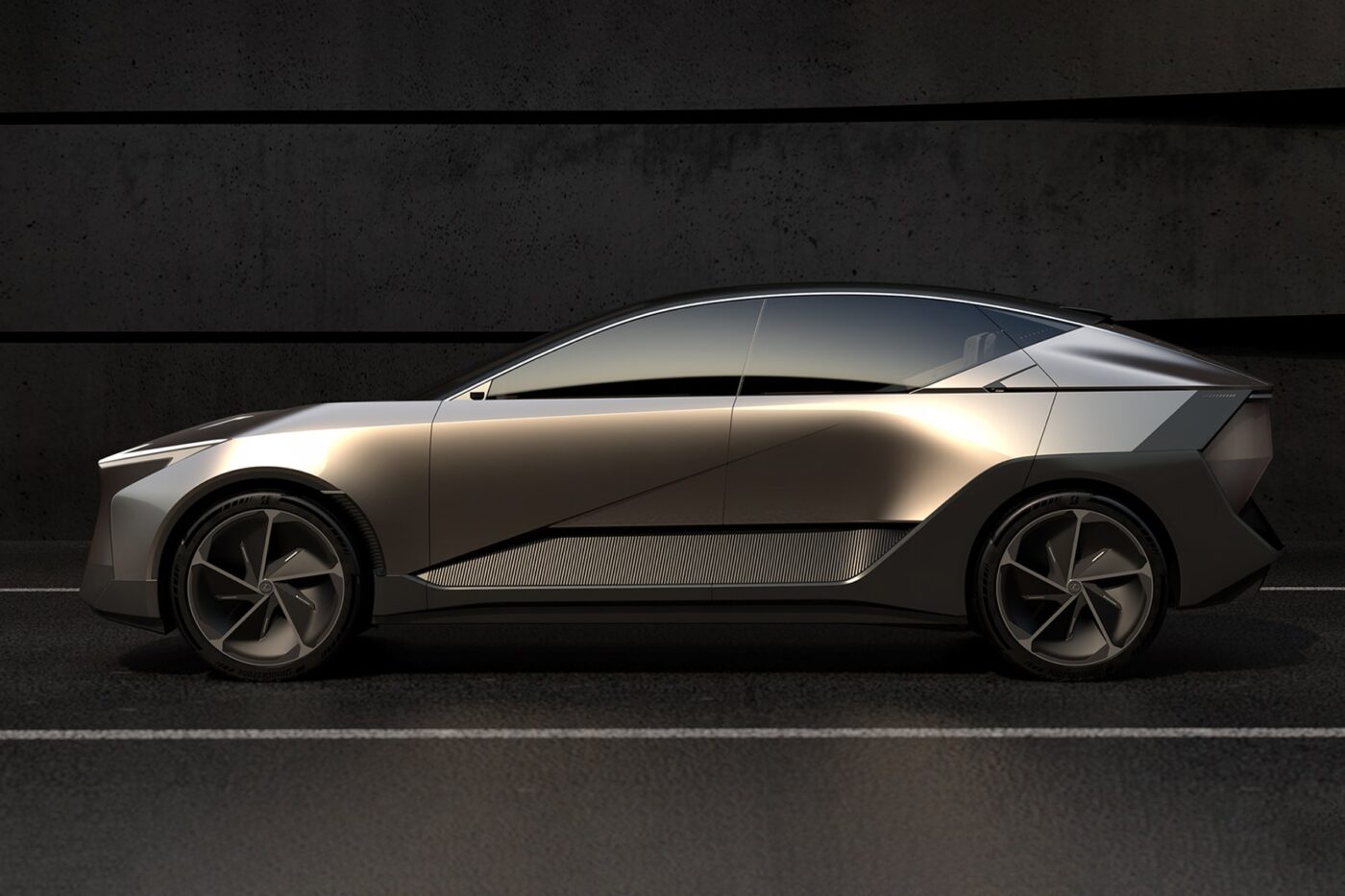
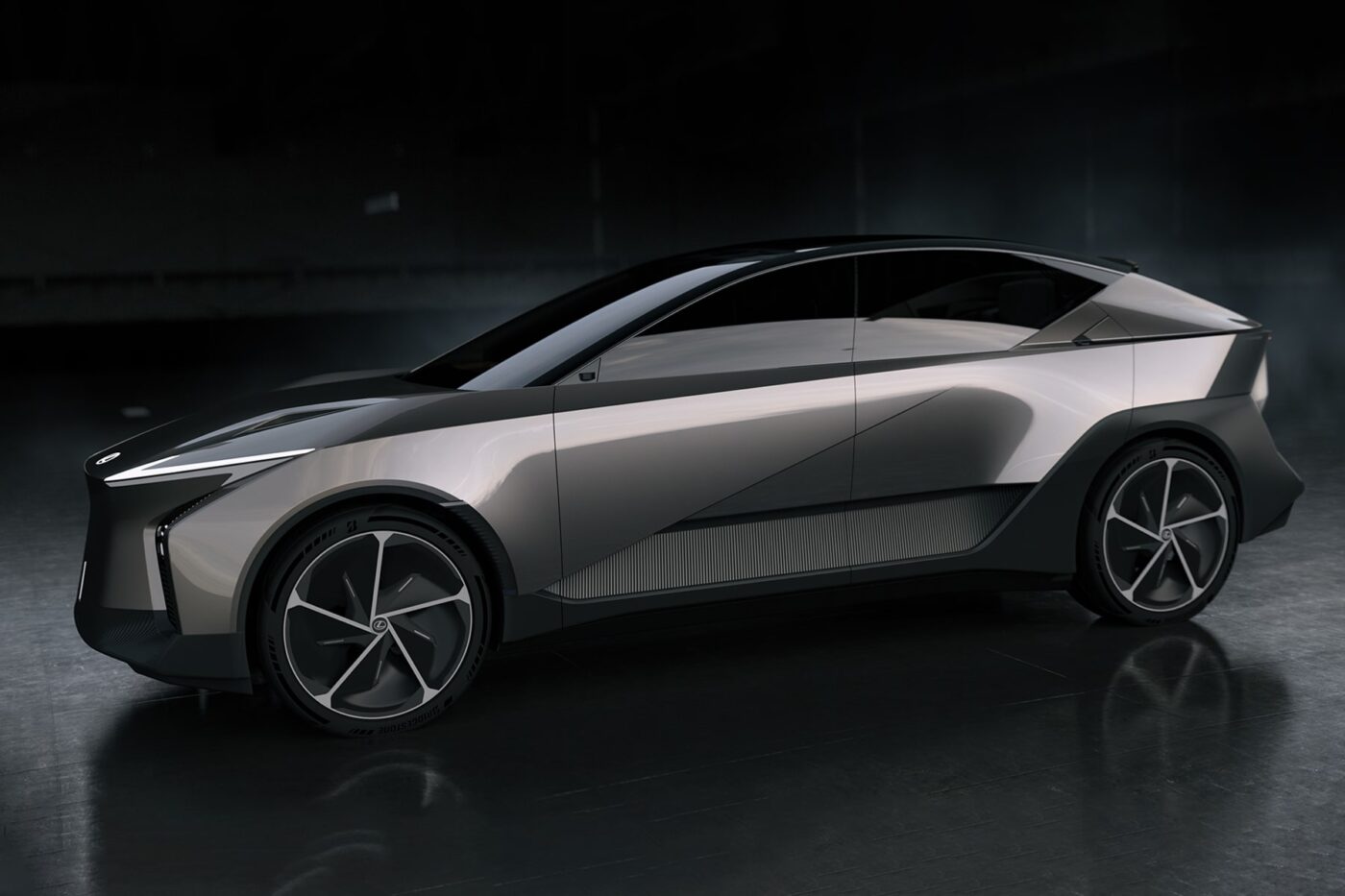
In addition to the gigacasting construction method, Lexus wants to make another change in production for its upcoming electric models: The classic assembly line will be abolished and production will take place on a “self-driving assembly line”, meaning a kind of self-propelled load carrier. This should not only enable more flexible factory planning, but also shorten the lead time for mass production and save investment costs.




0 Comments